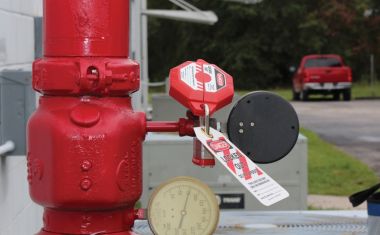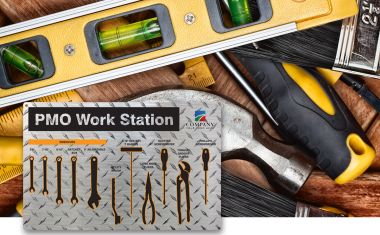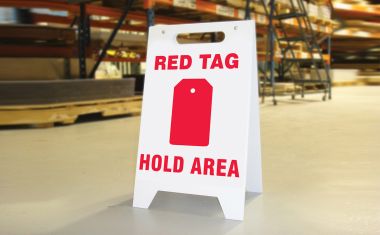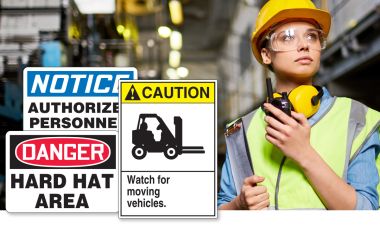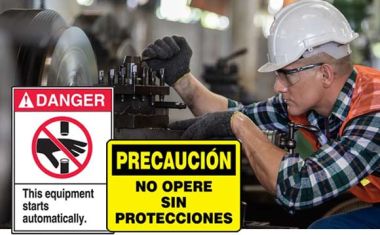Promoting Positive Workplace Health and Safety
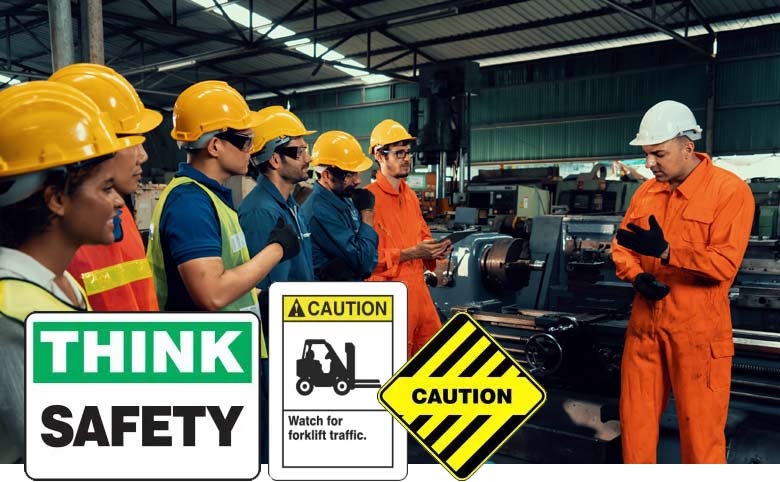
As you think of what makes a workplace good, few words should rank higher than “health” and “safety”. Every efficient workplace has to prioritize these two things. When workers don’t feel healthy and safe they are not in a position to be their best and most efficient selves. As a company, health and safety must be part of your culture and should influence everything you do.
The Problem of Workplace Health and Safety
Many companies may think that the best way to improve workplace health and safety is to come up with more rules and regulations for the organization. However, a great safety culture doesn’t start with policies. When you consider how to create a positive safety culture, it starts with people.
All employees have to be committed to making sure everyone is safe. From the first day with an organization, a worker should know what the rules are regarding operating in a safe and appropriate manner. This begins with clear communication during onboarding for each new hire.
That communication should be reinforced in multiple ways. Consider presenting health and safety policies on their own, apart from other company regulations. By doing this you can emphasize how critical this topic is. Also, all workers should be able to easily access safety rules, either through signs, manuals or online resources.
All members of management must also do their part to create a positive safety culture. Rules should be enforced evenly and without exception. If workers think supervisors will overlook violations, it sets a tone that safety isn’t a major concern.
Helping your people take an interest in health and safety also involves investing in them. Give them the resources they need to accomplish the goal. If any employees have raised questions or concerns about safety equipment, look into the issue. You may find that the company needs to replace some items to improve safety.
Related Products:
Resolving the Problem of Workplace Health and Safety
Once your organization has done the work to establish better safety training among your team, there could still be one or two members of your company who don’t embrace your company’s focus on safety. Resolving issues with staff members in that mindset is critical to good health and safety culture.
Make sure your safety culture is truly being emphasized at every level and in every department. The more of the staff you get working towards safety, the harder it is for outliers to get away with inappropriate and unsafe behavior.
Companies should also make it easier and risk-free to report safety violations. A great tool is the Occupational Safety and Health Administration or OSHA. Provide every employee with a copy of OSHA guidelines and reporting policies. Help them understand how OSHA enforces workplace safety and health standards, and how they can report violations.
Leadership is also essential to promoting health and safety in a workplace. Supervisors must take the time to properly track what workers do and if they are adhering to safety rules. In the case that rules are not being followed, it is important for supervisors to take immediate action. A warning or correction may suffice, or tougher action could be warranted.
Company leaders also have to be responsive when staff bring up safety problems or concerns. If presented with an issue, managers should have a procedure for getting it corrected. Upgrading equipment, getting new training for staff and reevaluating staffing needs are all ways to handle a safety problem before it gets out of control.
Regular checks and safety inspections are great tools for improving safety and increasing accountability. Everyone should know that they must consistently follow regulations and understand that they could be evaluated anytime. It should be clear for everyone how to monitor health and safety in the workplace.
Related Products
The Benefits of Workplace Health and Safety
Improving workplace health and safety has a long-lasting benefit for your organization and your workers. Highest on the list of benefits of a positive health and safety culture, you get the benefit of reducing injuries and protecting workers. This in turn protects the company.
If a worker is hurt on the job, that person has a traumatic incident to deal with, as well as the potential for financial hardships due to bills and lost wages. The best help a company can offer them is to prevent an injury from happening.
Injuries that happen in a workplace can also lead to big problems for the organization, especially if the accident could have been prevented with better safety practices. Companies would have to pay for workers’ compensation. They are also open to lawsuits and other legal sanctions, leading to court costs, lawyer fees and potential OSHA fines.
Safety incidents can cost an organization in other ways. Depending on the severity of the problem, negative press can become an issue. Major violations can lead to bad media coverage and harm the company’s reputation. A bad public perception can lower the value of your business and hurt long-term plans.
Your organization may also be able to save money by improving safety. Workers misusing equipment contributes both to safety hazards and to increased repair needs. Getting everyone to do the right thing will help on both fronts.
Companies that embrace health for their workers also get the benefit of becoming more desirable employers. Modern workers understand that they have choices, and want to spend their time in organizations that care for them. By improving your company culture, it becomes easier to attract the best new hires.
Employee retention is also improved when you have a strong safety culture. Your team members are less likely to feel the need to leave if they know they are valued and work in a safe environment. They can grow in the company, and by having safety-oriented workers climb the ranks, your company’s emphasis on safety will become more deep-rooted for everyone.
Related Products:
The Steps To Improve Workplace Health and Safety
Figuring out how to improve health and safety in the workplace means coming up with a plan. Start by doing a complete evaluation of the policies, staffing and mindsets about safety. It may be effective to bring in an independent firm for this. People from outside can see problems that your team may have grown used to.
You’ll want a full report on any possible problems. Ask about physical hazards at the job site as well as any situations that may happen but are not accounted for in your current safety manual. Any personnel issues, such as leaders who skip safety checks or are lax in enforcement should also be noted.
Once you have an evaluation, begin to address each area of concern. Make repairs to your building as needed and get new equipment where warranted. You may also find that a simple physical improvement such as safety signage becomes a good method for how to promote a positive safety culture.
For policy gaps that may create safety problems, work with your employees to see what things need to be addressed. Upper management should ask workers at every level if they’ve ever had a safety question that wasn’t addressed by current company rules. Then leaders should look at how workers handled those situations. Things that happen regularly or pose a big risk should be taken care of.
As you work to correct staff that may be creating safety hazards, think about why they may be doing it. If workers are putting health and safety at risk in order to take shortcuts, this is unacceptable and requires immediate action.
However, if you find that workers are doing things they shouldn’t because they don’t have the resources to do their jobs safely, you need to change how things are done. Give everyone a culture of safety examples that they can model themselves after and make sure there is enough staff and support for them to follow through.
Building a practice of continuing health and safety training will also improve your team’s attitude around making sure everyone is on the same page. Instead of doing safety training only when people join the organization, make training a regular habit. Carve out time for regular sessions for your team to get refreshed on the rules. This is also a time to introduce new best practices in your industry.
Keeping all of your company’s supplies and materials labeled and sorted also promotes health and safety, especially if you deal with potentially hazardous items. Workers should know exactly what they’re handling and the potential risks. They should also know where to find masks, gloves and any other disposable items needed to use those materials properly.
Promoting workplace health and safety has to rise to the top of the priority list for any company that wants to be successful. The risks associated with lax policies and enforcement are too great to ignore, both for individual workers and the organization as a whole.
By taking an honest look at what needs improvement and making the appropriate changes, every company can create an environment where staff members feel safe and protected. See how AccuformNMC can support you as you build a better space for your team.
Sources:
https://www.safetyworksmaine.gov/safe_workplace/safety_pays.html#:~:text=A safe and healthy workplace not only protects workers from,safety is good for business.
https://www.haughn.com/5-advantages-of-workplace-safety-programs/
https://weeklysafety.com/blog/benefits-safe-workplace
https://www.safety-international.com/posts/dealing-with-employees-who-wont-follow-safety-rules/
https://www.linkedin.com/pulse/what-do-when-employees-dont-follow-safety-rules-shanari-baird/?trk=portfolio_article-card_title
https://www.lancastersafety.com/employees-dont-follow-safety-rules/
